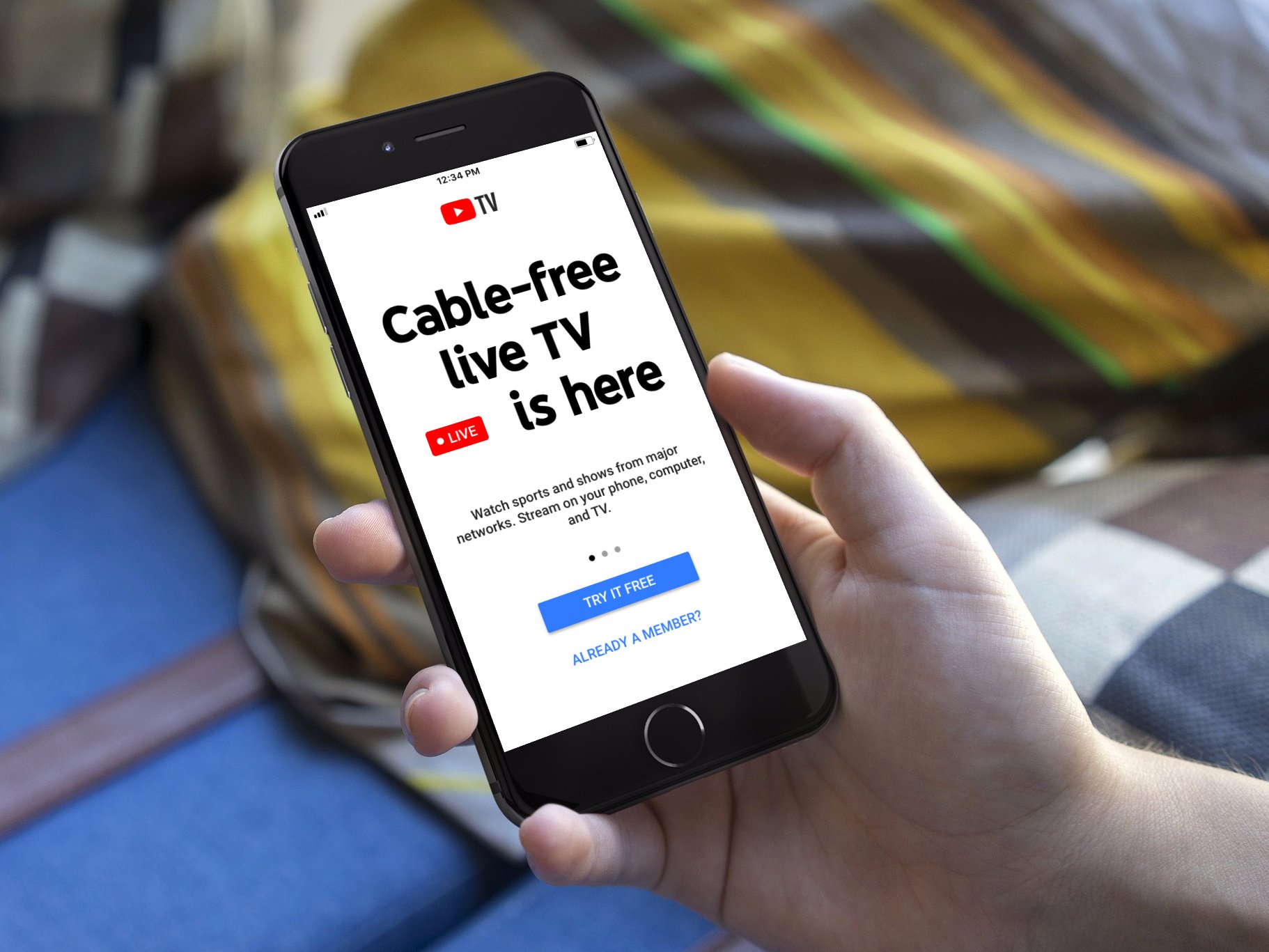Television bundles are raising prices and ruining cord-cutting

Tired of yearly price hikes and poor customer service, cable and satellite subscribers in recent years cut the cord en masse. As an alternative, many choose an over-the-air internet television service. Unfortunately, these have slowly morphed into something very familiar — the cable service these folks had once dropped.
This week, YouTube TV and FuboTV both announced significant price hikes that could force many to rethink once again how to spend their home entertainment dollars. Unfortunately, a long-time industry trick almost certainly means none of the choices are ideal. You can either give up some of your favorite channels or suck it up and accept regular price hikes.
What happened?
First introduced in early 2017, YouTube TV was among the last of the so-called over-the-air internet television services to launch in the United States. At launch, the Google service was priced at just $35 per month and included around 40 different channels, including all U.S. networks.
Since then, YouTube TV has steadily increased both the number of channels it offers and the monthly price. In March 2018, rates were increased by 25%. A year later, they rose again, this time by around 17%. On June 30, Google announced another price hike of 30%, while also announcing its number of channels has risen to over 85.
Today, instead of paying $35 per month, YouTube TV subscribers are being charged $65.
One day later, FuboTV also announced a price hike with its family bundle now priced at...$65 per month. Competitors like Sling TV and Hulu Live TV have also announced price hikes in recent months as the number of channels each offer has risen.
It's not the price hikes themselves that are the problem. Instead, it's why companies like Google must raise prices in the first place.
iMore offers spot-on advice and guidance from our team of experts, with decades of Apple device experience to lean on. Learn more with iMore!
Just as they do with cable and satellite providers, industry forces continue to push an anti-consumer television bundle system. By doing so, customers must purchase channels they don't want alongside the few that they do. Further, as more of those channels get added, the higher the monthly price becomes.
Cable's restoration?

Even at $65 per month, some would consider YouTube TV and similar services a bargain. For this, you get unlimited streaming and unlimited cloud storage across multiple devices. And yet, there's another cost to take into account. Even before one subscribes to an over-the-air internet television service, one has to pay for the internet itself. In large swaths of the United States, this means paying a monthly cable bill, regardless of where they get their television entertainment.
Put another way, each time a service like YouTube TV issues a price hike, the closer it's becoming more like a cable TV service. And as that happens, budget-conscious customers might get a better deal by sticking with cable and using it for both internet and traditional television services.
Some streaming advantages remain
All is not lost for over-the-air television services, however, as unique benefits remain.
First, unlike cable/satellite providers, there's no lengthy contract you need to sign. Instead, you can go back and forth between plans any time you want and even decide not to subscribe one or more months.
Second, internet streaming still requires far less equipment. To get online, you simply need a mesh network (or a router with a few access points) versus physical cable or a satellite dish outside.
No easy answer
For many years, rumors suggested Apple wanted to develop and release a physical television that would offer a la carte programming. Unfortunately, distribution power-brokers held firm and wouldn't give up on their reliance on television bundles. If Apple couldn't convince them to re-think their long-held strategy, perhaps no one can, short of government intervention. Until then, consumers should pick and choose wisely and not be afraid to change service plans regularly.
What do you think? Leave your comments below.

Bryan M. Wolfe has written about technology for over a decade on various websites, including TechRadar, AppAdvice, and many more. Before this, he worked in the technology field across different industries, including healthcare and education. He’s currently iMore’s lead on all things Mac and macOS, although he also loves covering iPhone, iPad, and Apple Watch. Bryan enjoys watching his favorite sports teams, traveling, and driving around his teenage daughter to her latest stage show, audition, or school event in his spare time. He also keeps busy walking his black and white cocker spaniel, Izzy, and trying new coffees and liquid grapes.
